The Kia Soul EV, the Korean manufacturer’s first mass-market electric vehicle, has been unveiled at the Chicago motor show.
The Soul EV is scheduled to go on sale in the third quarter of the year in the US, with Europe and the UK following after that.
Pricing will be confirmed later in the year, but it is expected to be around £25,000 in the UK (which will then be eligible for a government plug-in car grant of £5000).
The Soul EV uses a 27kWh lithium-ion polymer battery with an energy density of 200 watt-hours per kilogramme. It is expected to yield a range of approximately 80 to 100 miles of ‘real world’ driving on a full charge.
Earlier estimates had suggested a range of 120 miles could be possible from the Soul EV. Kia says that distances exceeding 100 miles have been achieved during testing.
The Soul EV uses a third-generation of Kia’s regenerative braking system to capture up to 12 per cent of the car’s kinetic energy, which is fed back into the battery while the Soul EV is coasting and braking.
The Soul EV offers two regeneration modes – Drive or Brake – and an Eco-mode that can be switched on or off, meaning there are four different settings in total. Switching to ‘Brake’ with the Eco-mode deployed produces the most regeneration.
The Soul EV can plug into 120-volt or 240-volt charging points. Two charging ports are found behind a sliding door located in the front grille.
Recharging times vary from 24 hours for a fully depleted battery using a standard 120-volt outlet and under five hours when plugged into a 240-volt outlet. An 80 per cent charge can be achieved in as little as 33 minutes with a 50 kW-output charger.
The front-wheel-drive Soul EV is powered by an 81.4kW, 108bhp electric motor, producing 210lb ft of torque. The liquid-cooled AC synchronous permanent magnet motor delivers its power to the front wheels through a single-speed constant-ratio gear reduction unit.
Acceleration from 0-60mph is expected to take fewer than 12 seconds with the Soul EV’s top speed electronically limited to approximately 90mph.
The Soul EV is equipped with a Virtual Engine Sound System (VESS) that emits an audible alert at speeds below 12mph and whenever the car is in reverse.
The platform was designed to accept battery packs under the rear seats, which means that little of the second-generation Soul’s 354-litre boot space has been sacrificed for the EV technology. It does, however, bring a weight penalty in the region of 200kg over the standard cars.

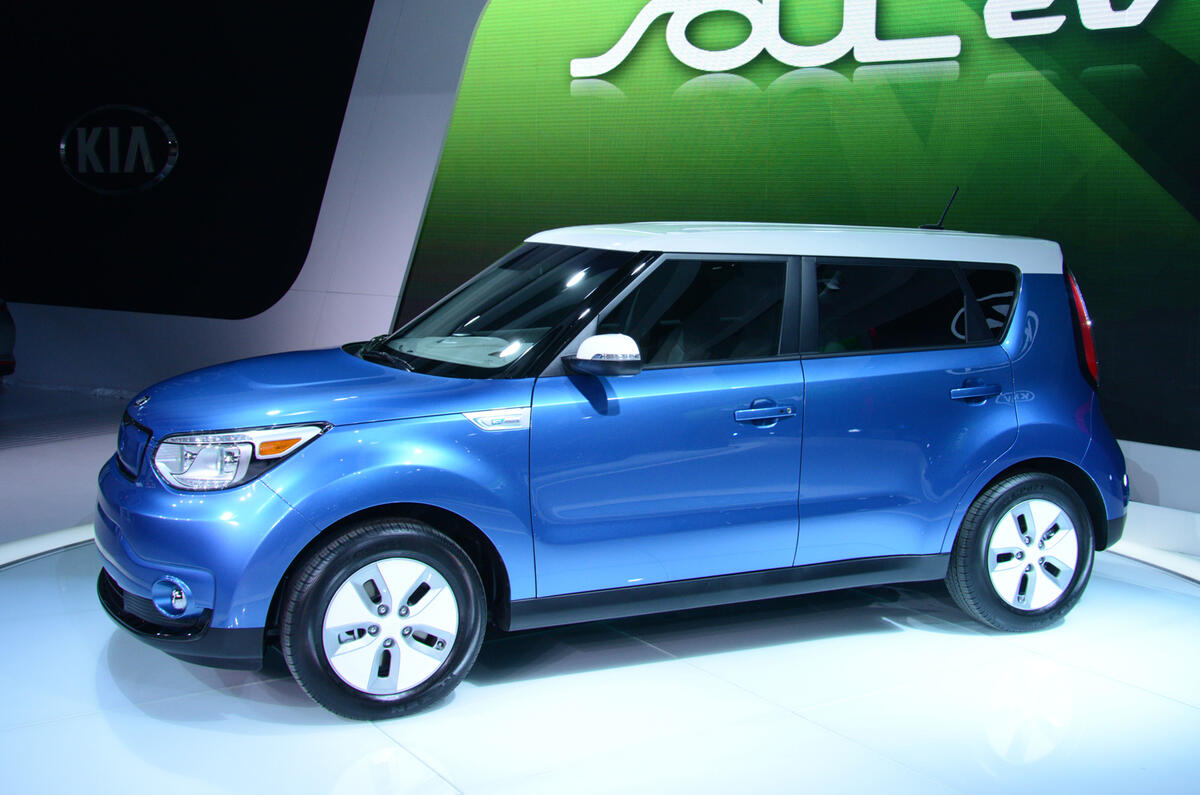
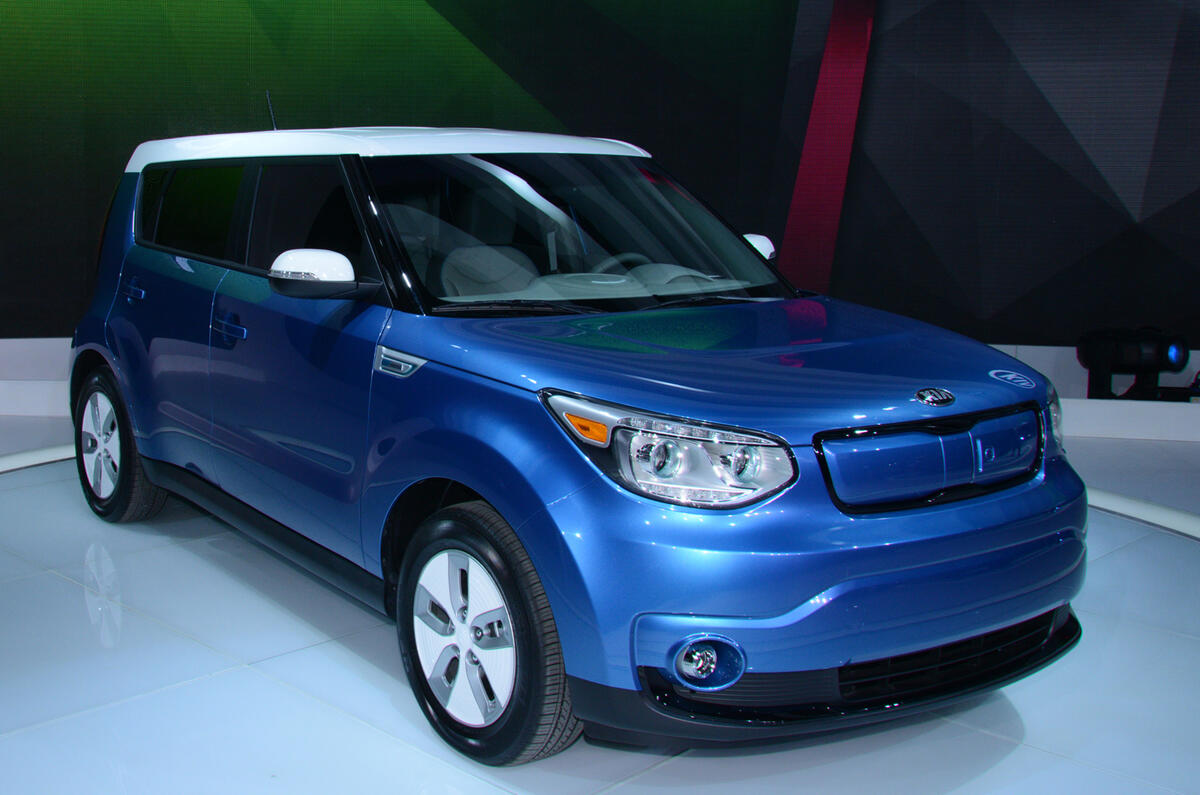
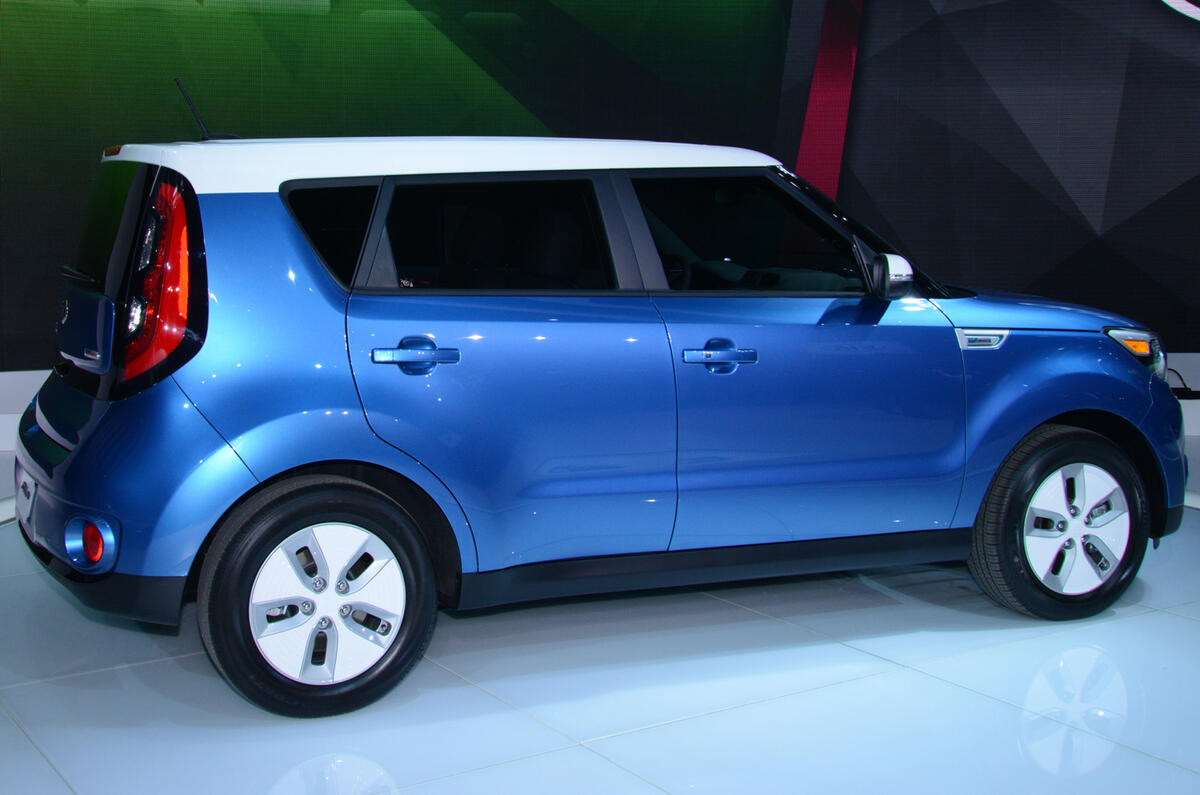
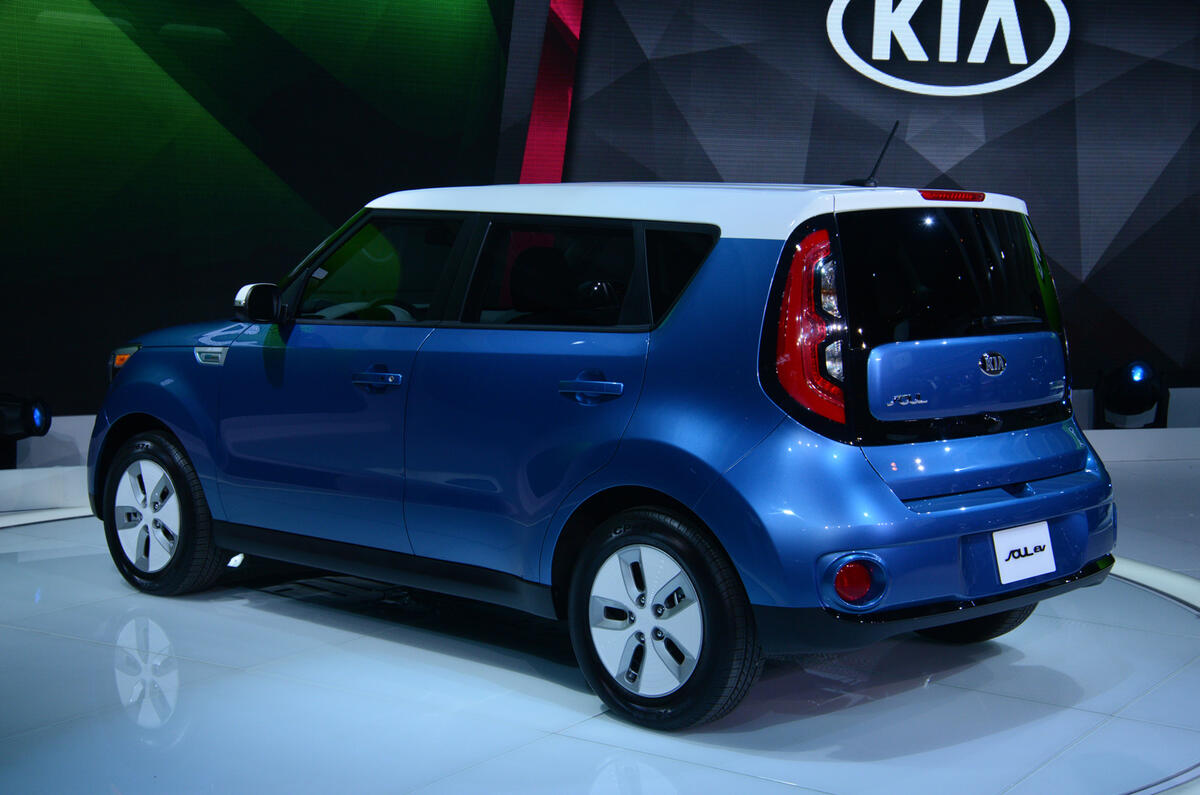
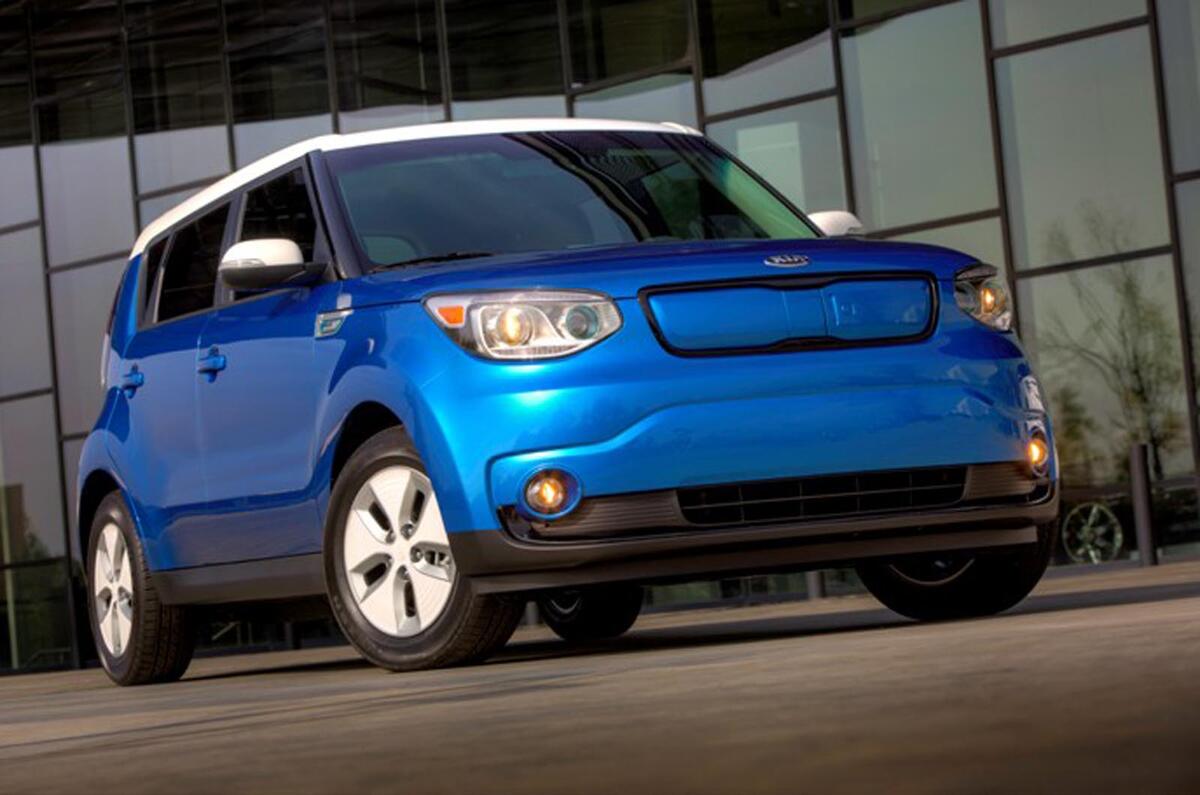


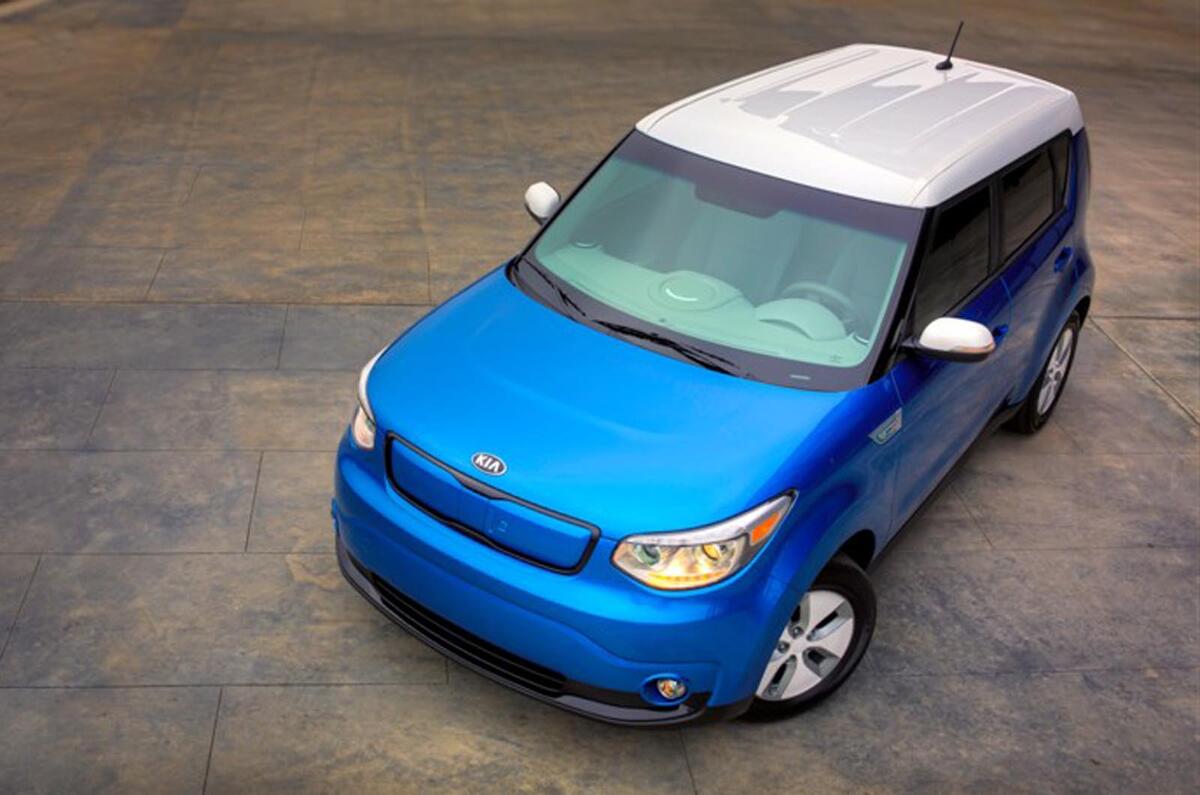
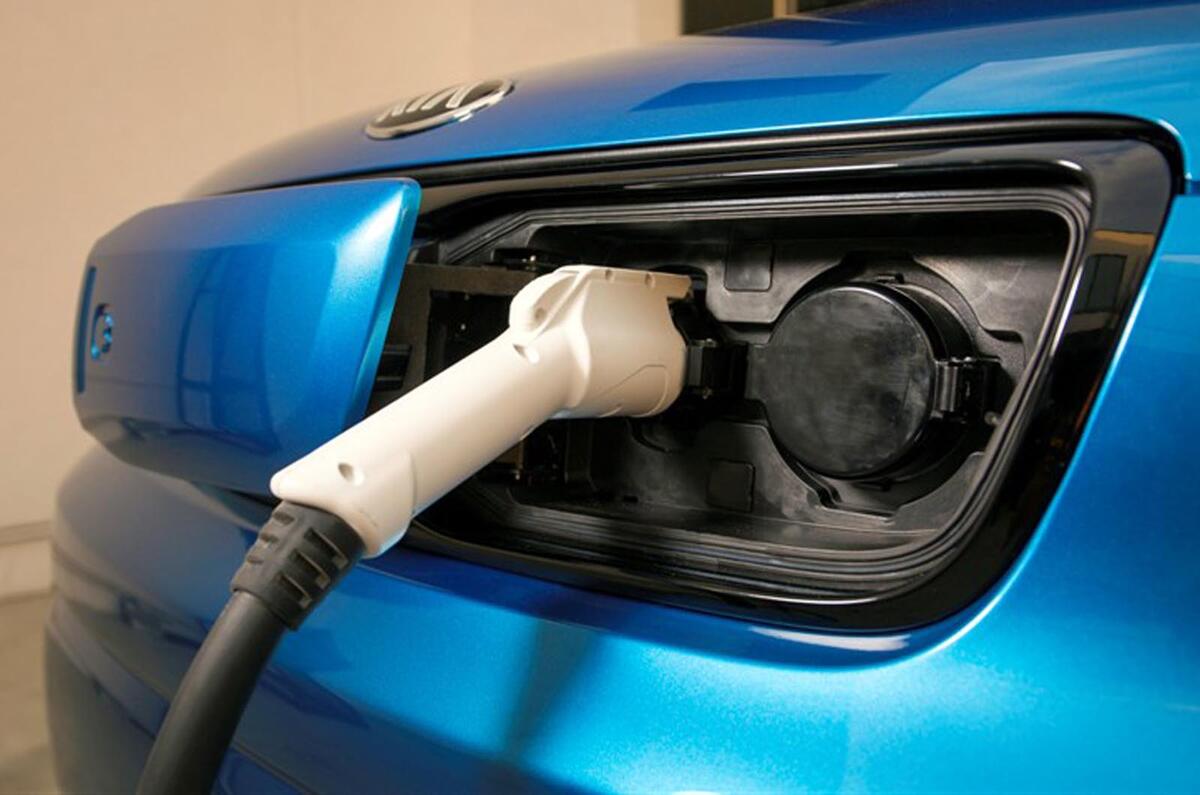

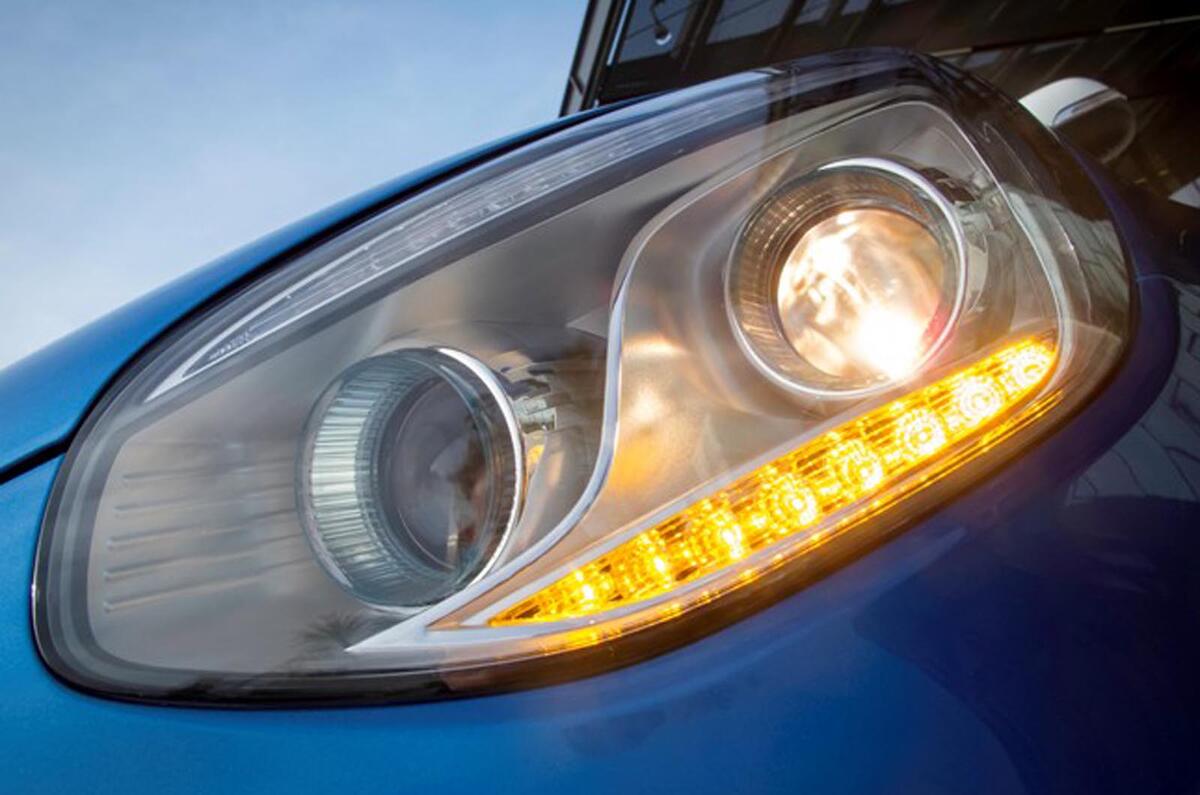
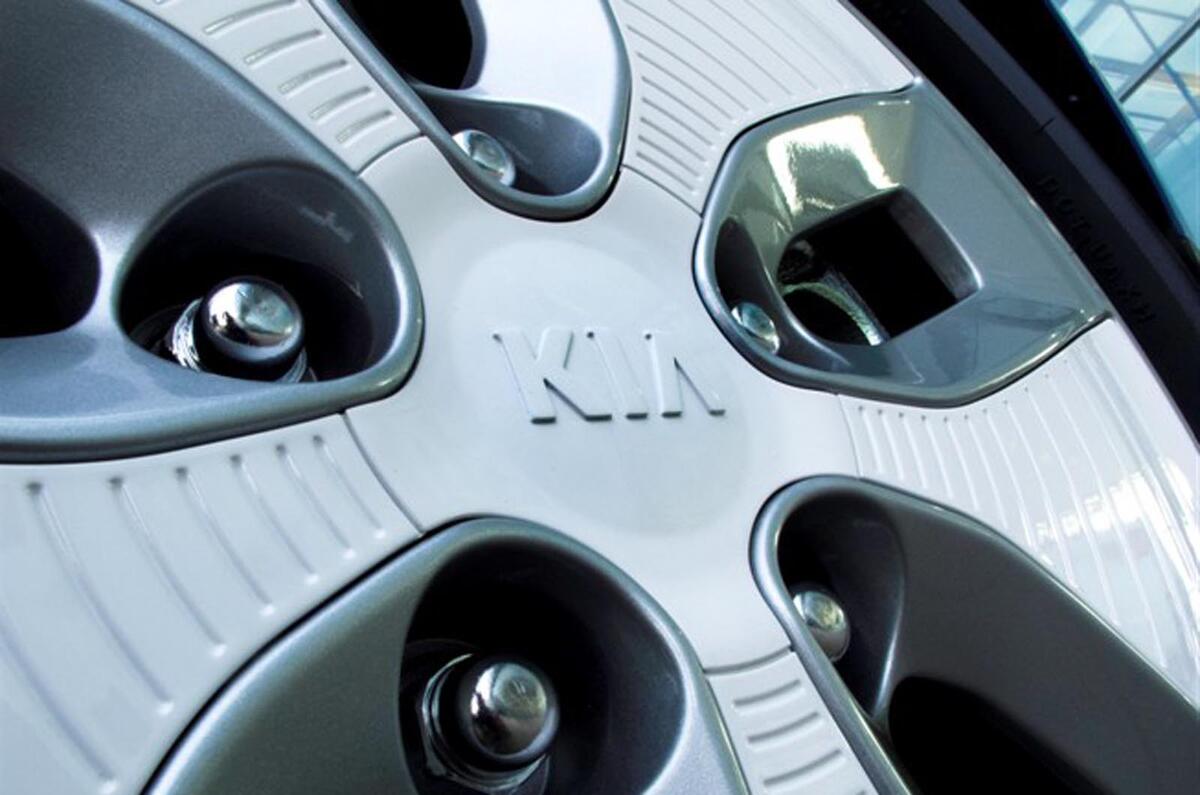
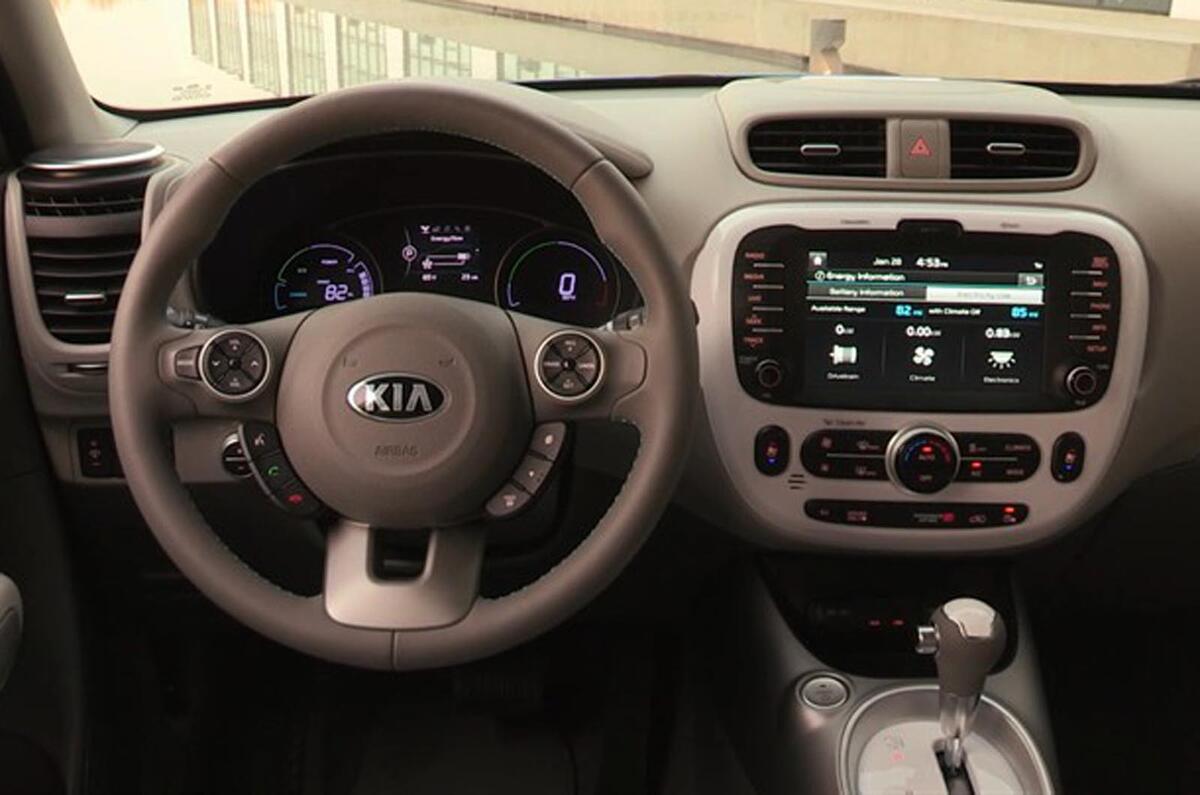
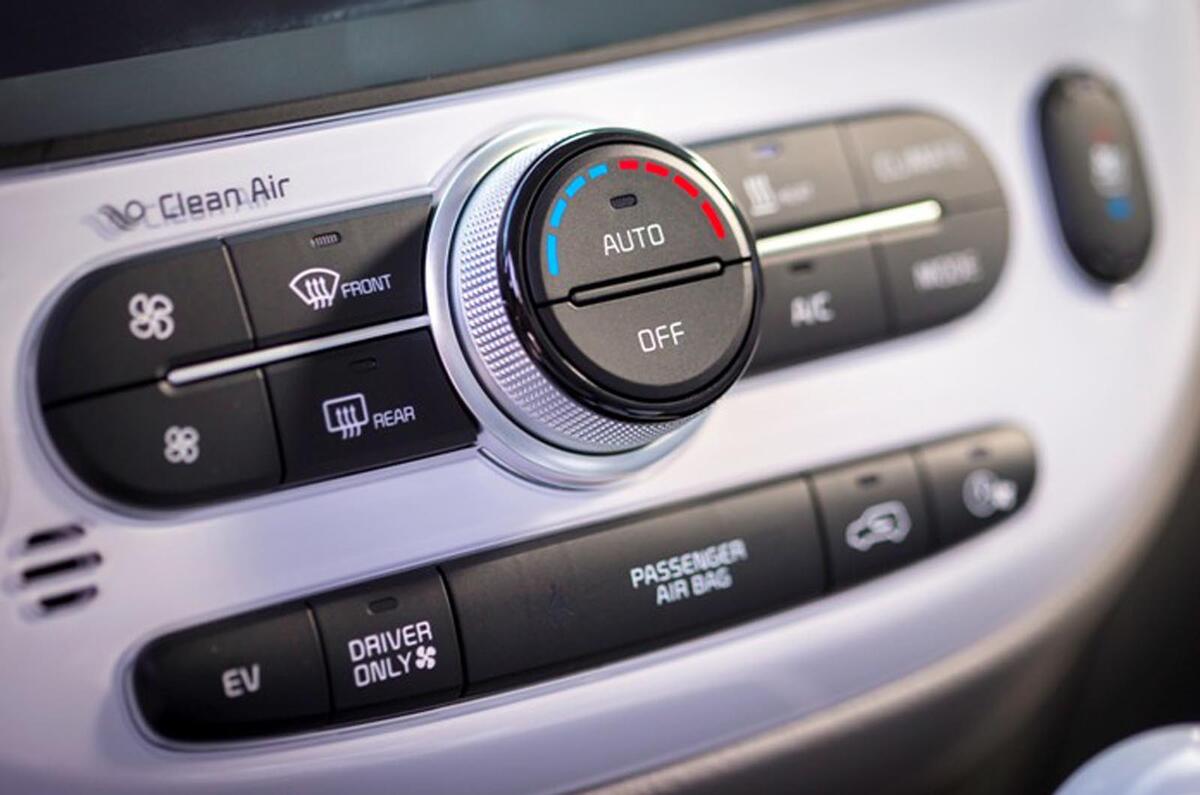
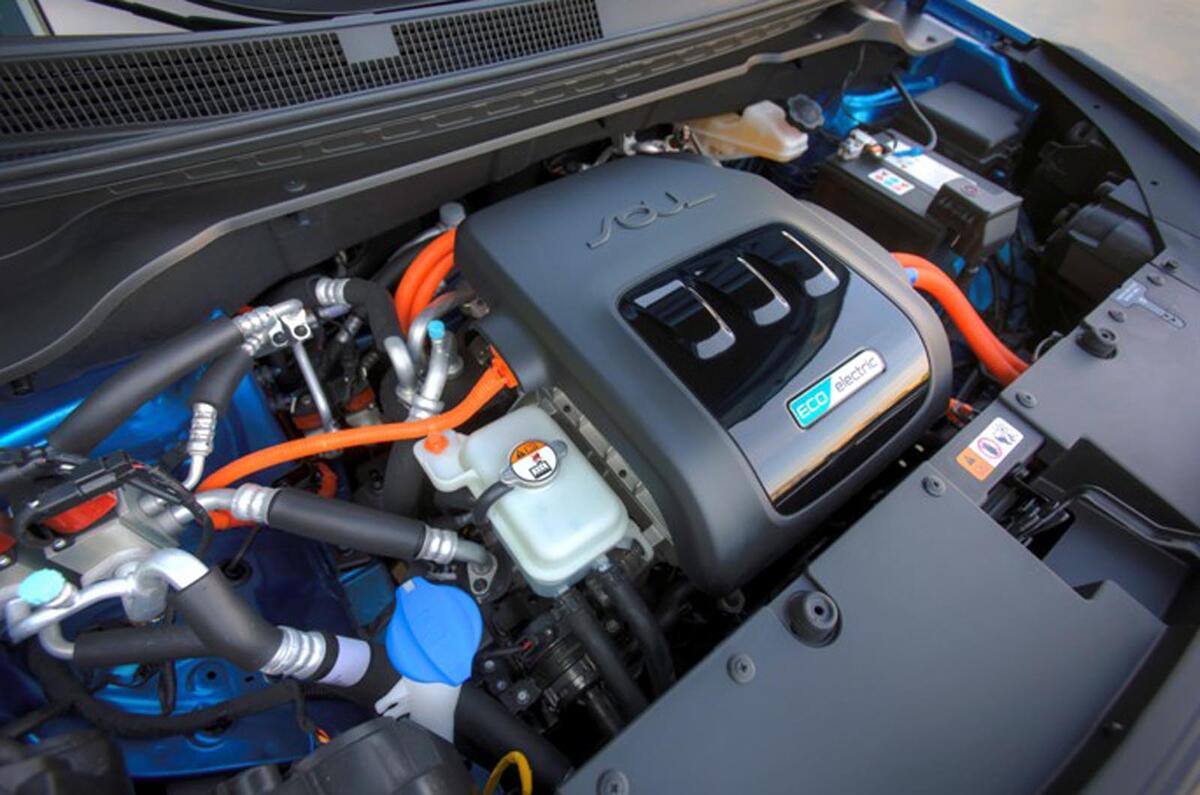
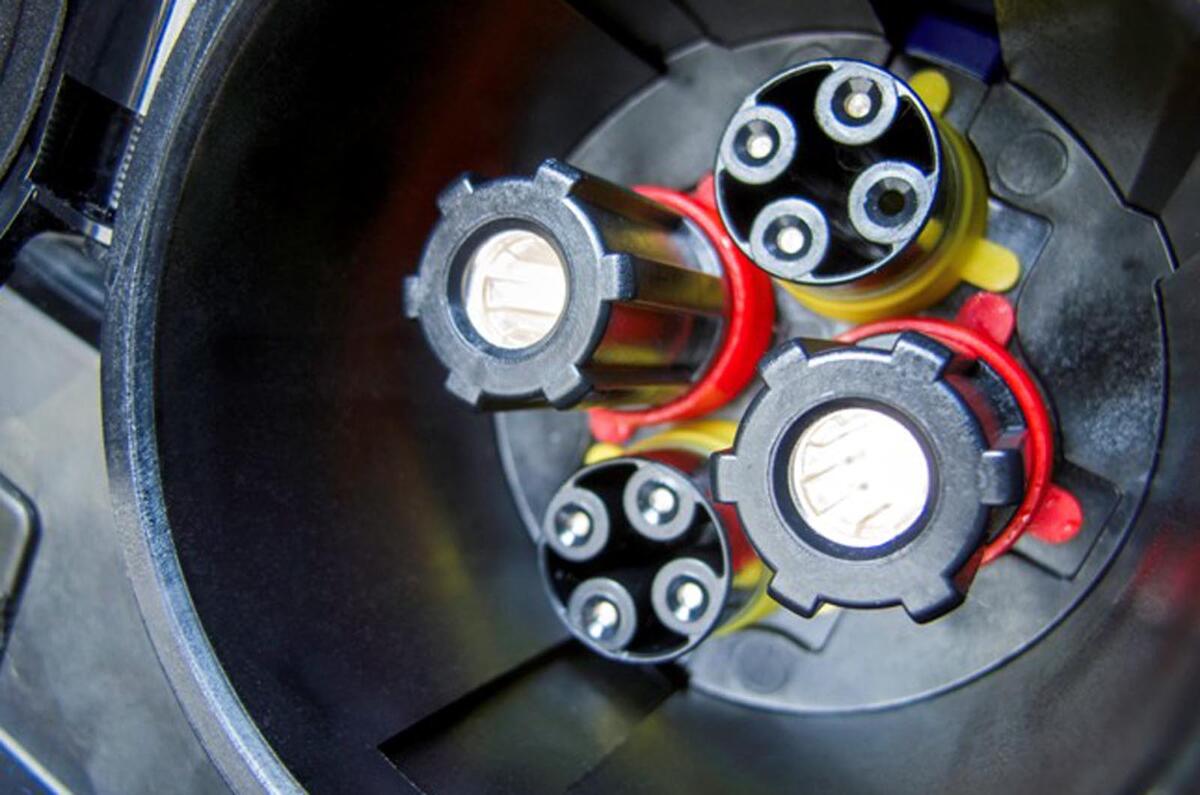
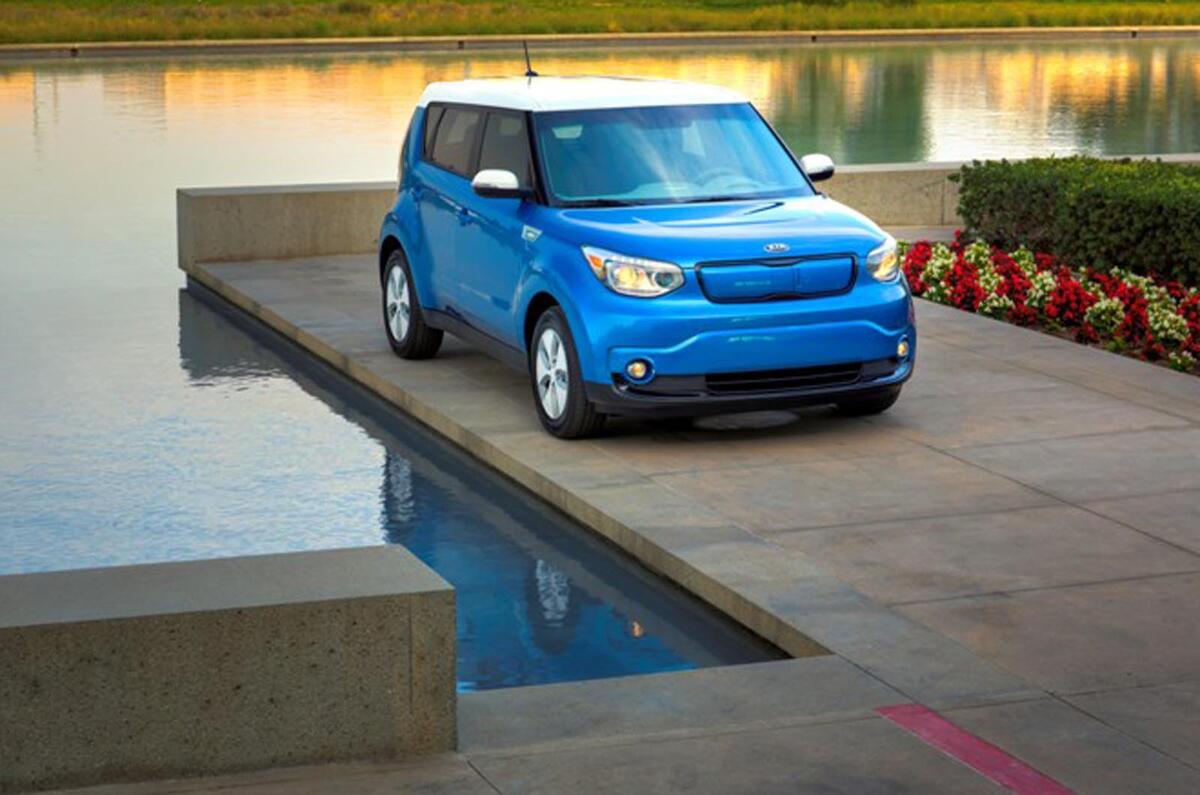
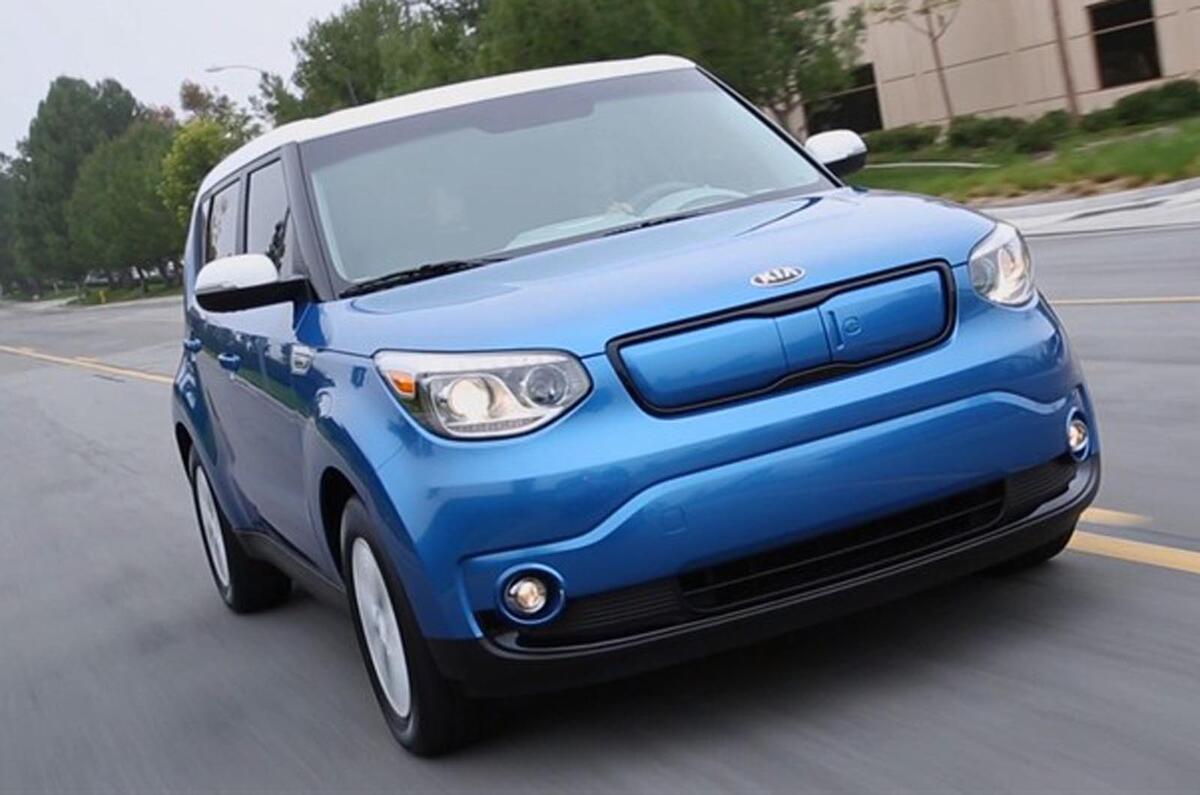
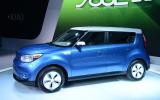
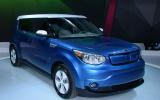

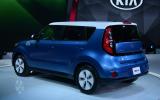
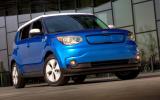
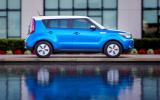
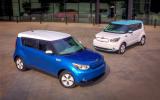
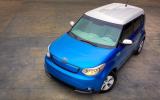
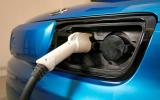
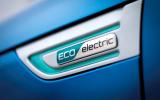
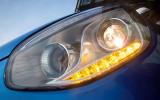
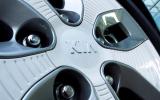
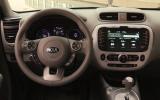


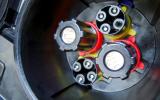
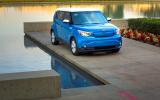
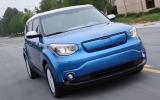


Join the debate
Add your comment
Kia Eco Hybrid